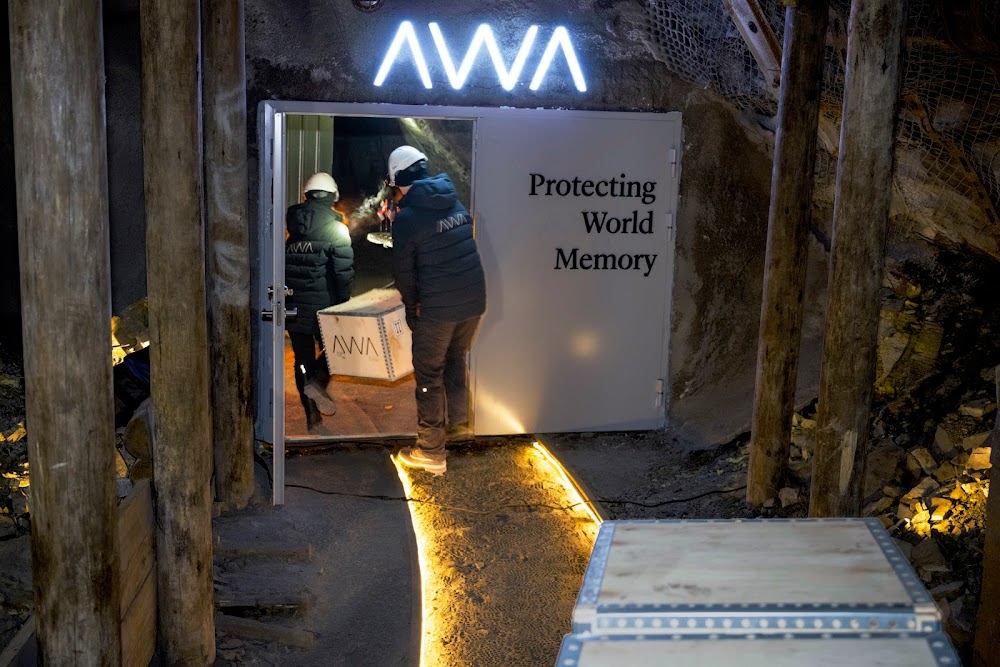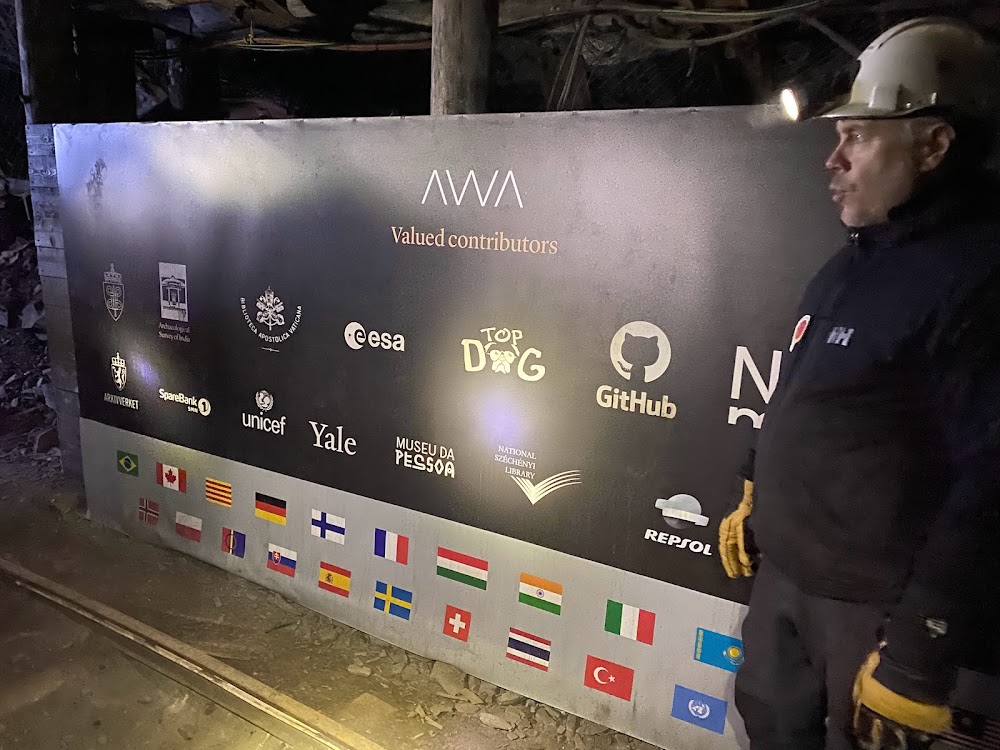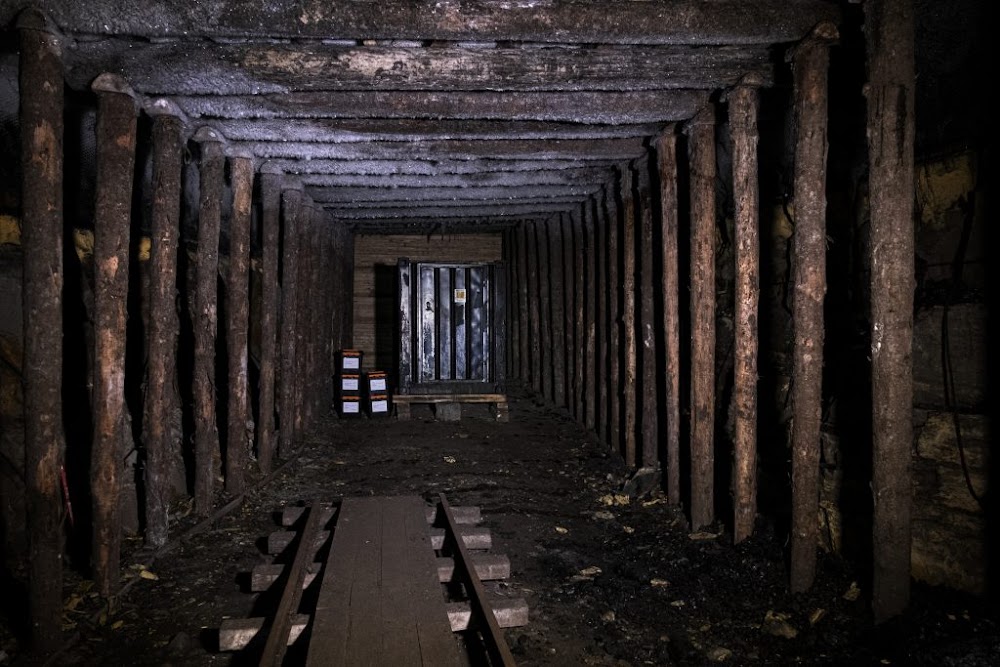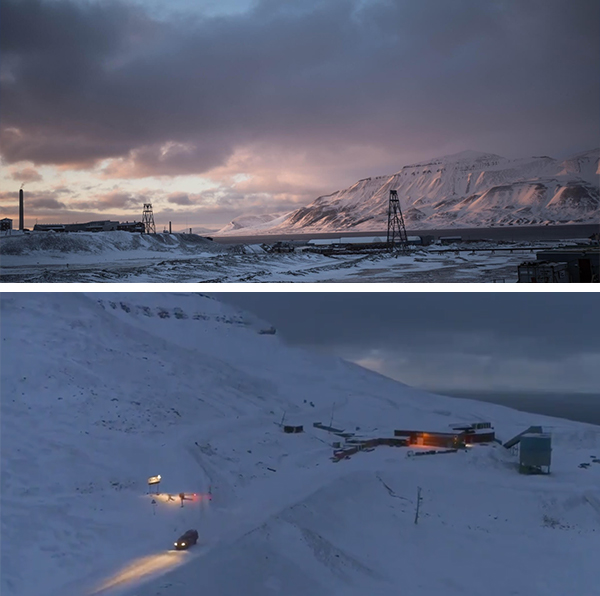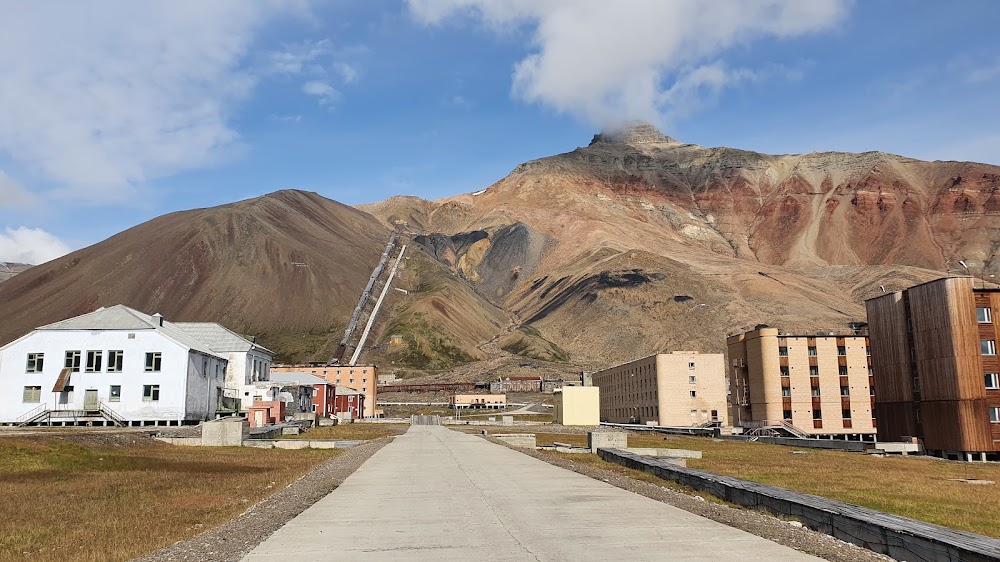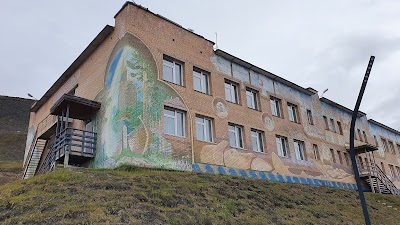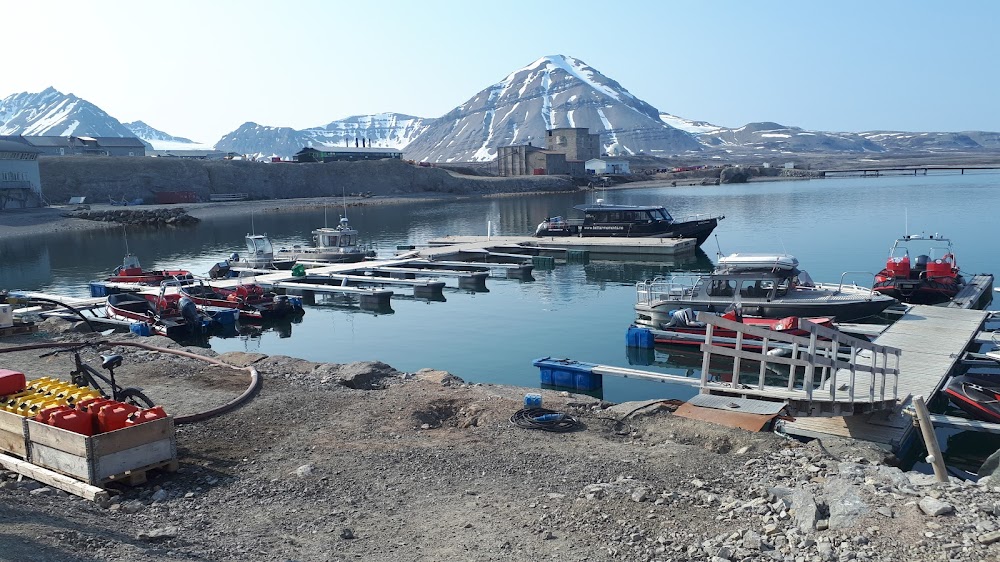Arctic World Archive (Arktisk verdensarkiv)
Related Places
Overview
Far away in the chill of the high Arctic, just a stone's throw from the North Pole, lies a remarkable vault known as the Arctic World Archive (AWA). This extraordinary repository was established to safeguard the knowledge and cultural treasures of our world for future generations. Nestled in the remote archipelago of Svalbard, Norway, this isolated site was selected for its geologically and politically stable environment, making it an ideal location for storing invaluable information securely and enduringly.
The story of AWA began in March 2017, born from a collaborative initiative led by the Norwegian company Piql alongside the state-owned coal mining company SNSK (Store Norske Spitsbergen Kulkompani). Their mission was to create a sanctuary where valuable data, unique manuscripts, and digital artifacts could be preserved for centuries, if not millennia.
Imagine a vault carved into the permafrost—a specially designed cold and stable environment. The AWA is situated within a decommissioned coal mine, approximately 300 meters below the surface of Svalbard's rugged mountains. This freezing subterranean realm, with its thick layers of rock, offers a natural barrier against potential disasters, whether they be natural calamities or human-made threats.
At the heart of this innovative archive lies Piql's cutting-edge technology, known as 'piqlFilm.' This specially engineered photosensitive film can store digital data for over a thousand years in both human-readable text and binary formats. The true brilliance of piqlFilm is its resilience; it is designed to withstand degradation and digital obsolescence. Environmentally stable, it can endure significant variations in temperature and humidity and can be read using simple tools like magnifying glasses or computer technology, ensuring accessibility for future generations even as technology evolves.
The process of securing data in the Arctic World Archive is both fascinating and meticulous. Digital files are transformed into high-resolution QR codes, which are then engraved onto piqlFilm using a high-precision laser. Once completed, this film is stored securely within the vault, sealed in highly durable canisters to provide an extra layer of protection.
The AWA does not confine itself to any single type of data; instead, it houses a rich array of cultural and scientific treasures, including manuscripts, governmental documents, historical records, scientific research, and artistic works. Contributors range from countries and institutions to private organizations eager to protect their cultural heritage. Notably, the Vatican has entrusted the vault with digital copies of some of its most precious manuscripts, ensuring their preservation against potential catastrophes.
Security is a cornerstone of the AWA's operations. Access to the stored data is strictly controlled, requiring stringent protocols for entry. Only registered entities are permitted to deposit or retrieve data, further enhancing the security of this vital repository.
An intriguing aspect of this facility is its proximity to the Svalbard Global Seed Vault, often referred to as the "Doomsday Vault," located just a few kilometers away. While the Seed Vault focuses on preserving global agricultural biodiversity, the Arctic World Archive is dedicated to safeguarding human cultural and historical data. Together, these two vaults represent humanity's commitment to preserving its legacy amidst the uncertainties of the future.
The Arctic World Archive stands as a unique, long-term solution for the preservation of irreplaceable information, embodying the spirit of global cooperation and the foresight necessary to protect our shared heritage. Amidst the towering mountains and eternal ice of Svalbard, this modern-day ark of knowledge securely holds the world's memories, patiently awaiting the time when they may be needed once again.


